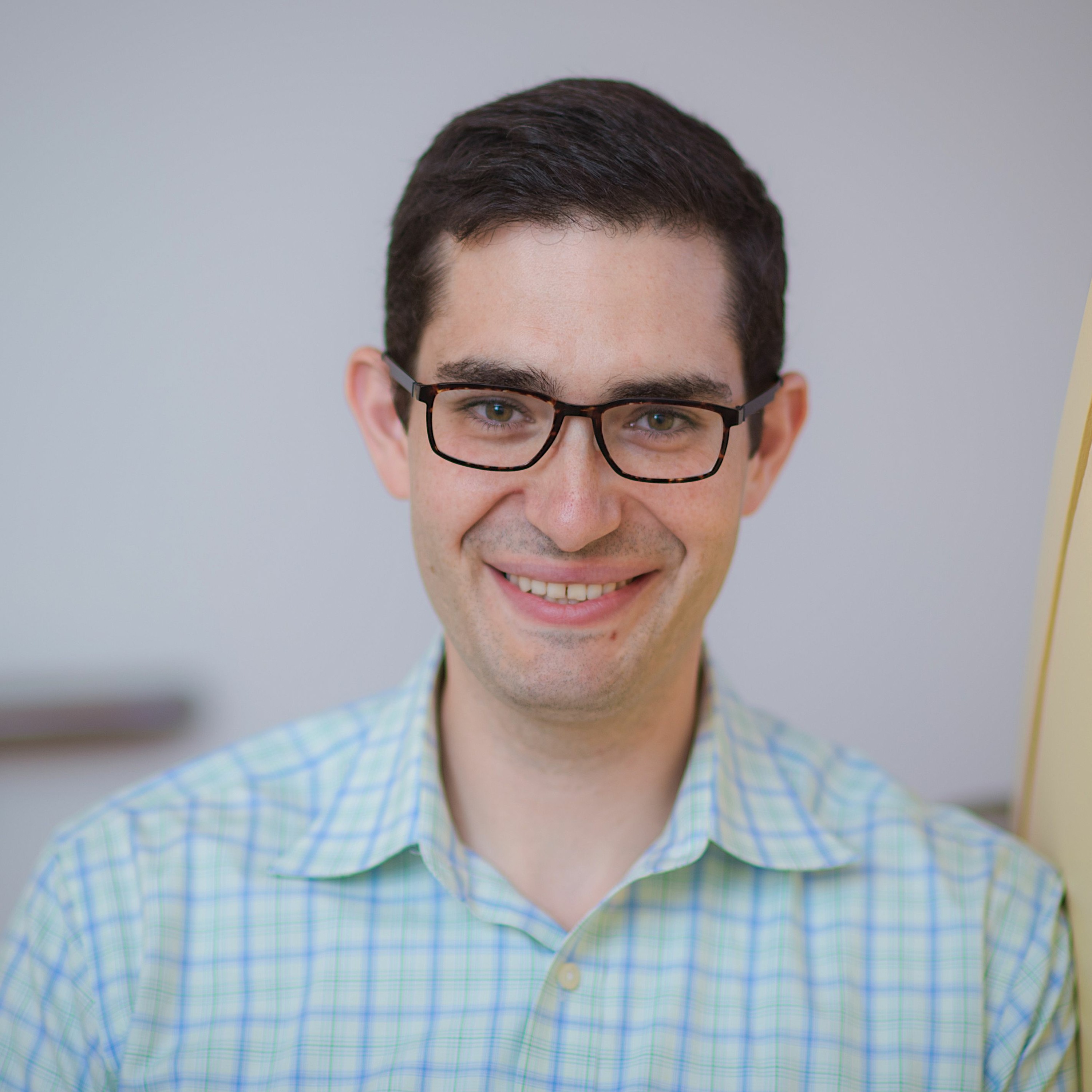A new understanding of cell organization with exciting implications for cancer drug delivery

It\u2019s difficult to comprehend how busy and densely packed it is on the inside of a cell. But understanding cell structure and organization is critical to developing new cancer drugs. \n\nIsaac Klein, MD, PhD, a postdoctoral fellow in the Richard Young Laboratory at the Whitehead Institute, recently published findings that could have wide-ranging implications for the understanding of how cancer drugs work. \n\nDr. Klein joined the podcast to explain why knowing how to get cancer drugs to exactly the right place in a cell\u2014at a sufficient concentration\u2014is critical to developing new and more effective cancer treatments. \n\nIsaac Klein, MD, PhD, is the American Cancer Society Layla Rohani Postdoctoral Fellow. His grant was specially funded by the Rohani Family and Friends. He is a physician and scientist at the Dana-Farber Cancer Center and Whitehead Institute at MIT.\n\n4:11 \u2013 What is it like inside of a cell? Is organization a challenge for cells?\n\n8:30 \u2013 A great analogy to help us understand cell organization and \u201ccondensates,\u201d and why it\u2019s important for some sub-compartments in cells not to have membranes walling them off from other parts of the cell.\n\n13:47 \u2013 With no membranes, or walls, how do the contents of a condensate stay together?\n\n19:50 \u2013 How cancer drugs are pulled into different condensates\n\n23:02 \u2013 How cancer drugs get to the right spot in a cell, at the right concentration\n\n26:23 \u2013 How the cancer drug Cisplatin works\n\n31:07 \u2013 How their research findings hint at ways to make cancer drugs more powerful\n\n35:03 \u2013 The impact of ACS funding on his research\n\n36:24 \u2013 A message he\u2019d like to share with cancer patients, survivors, and caregivers